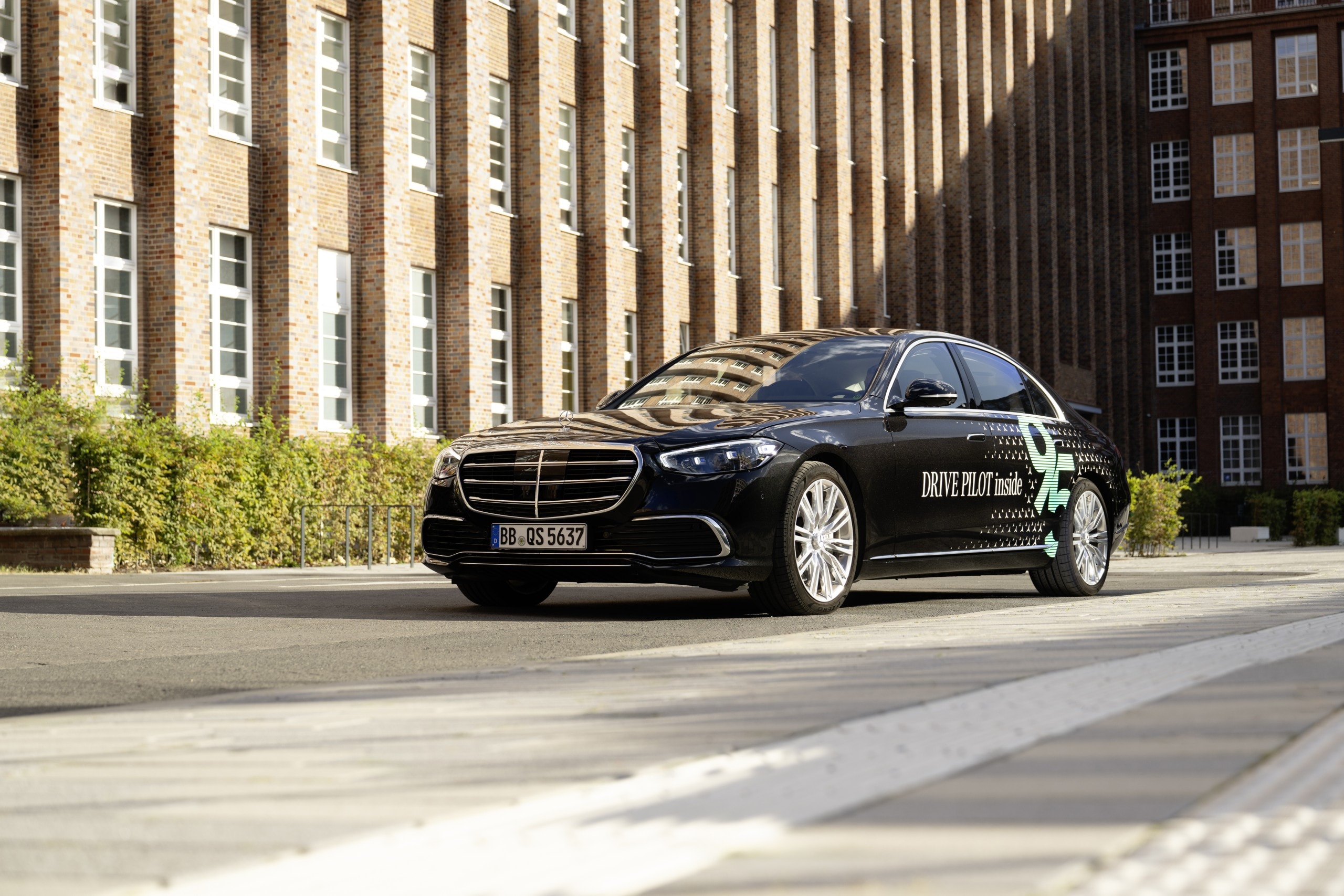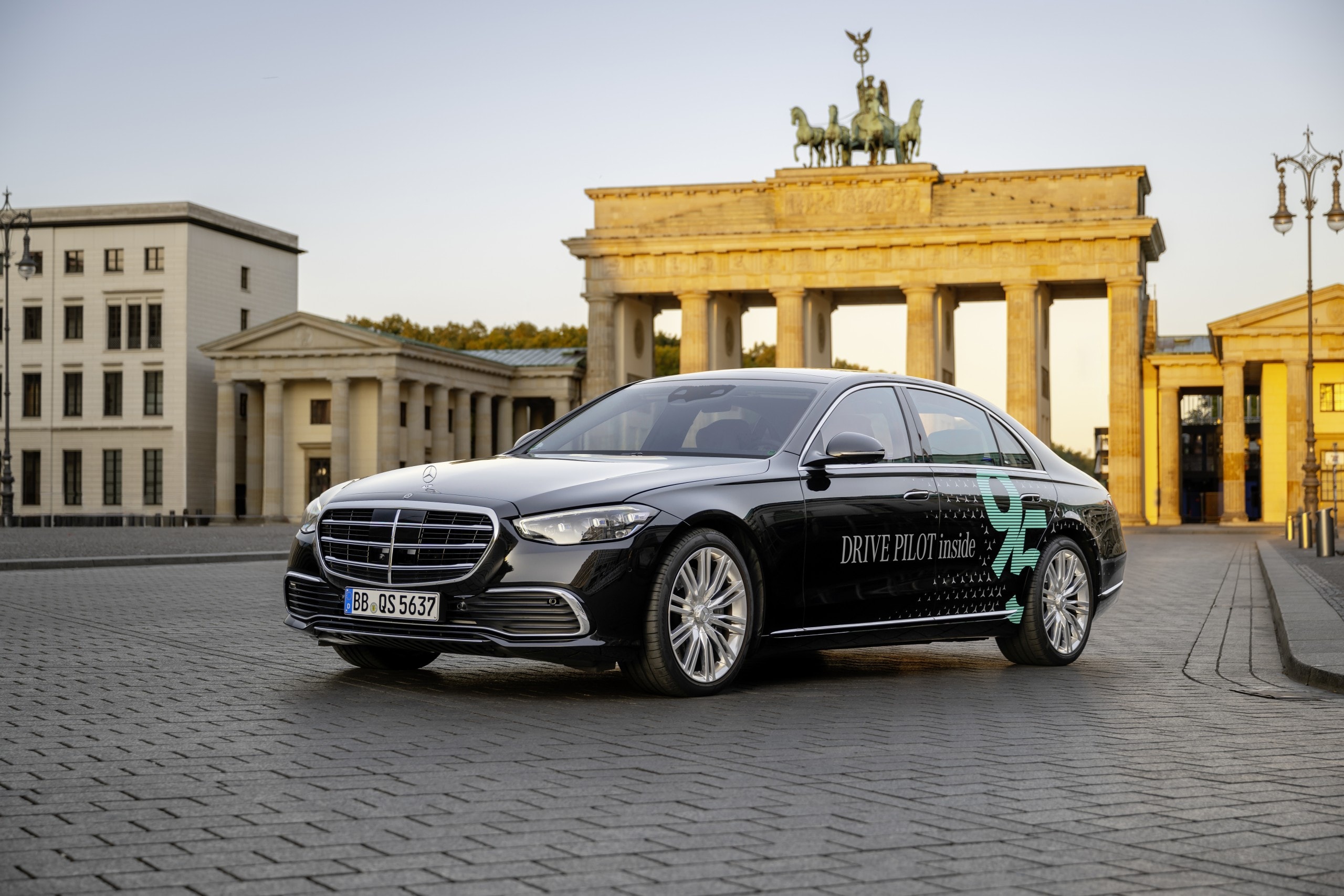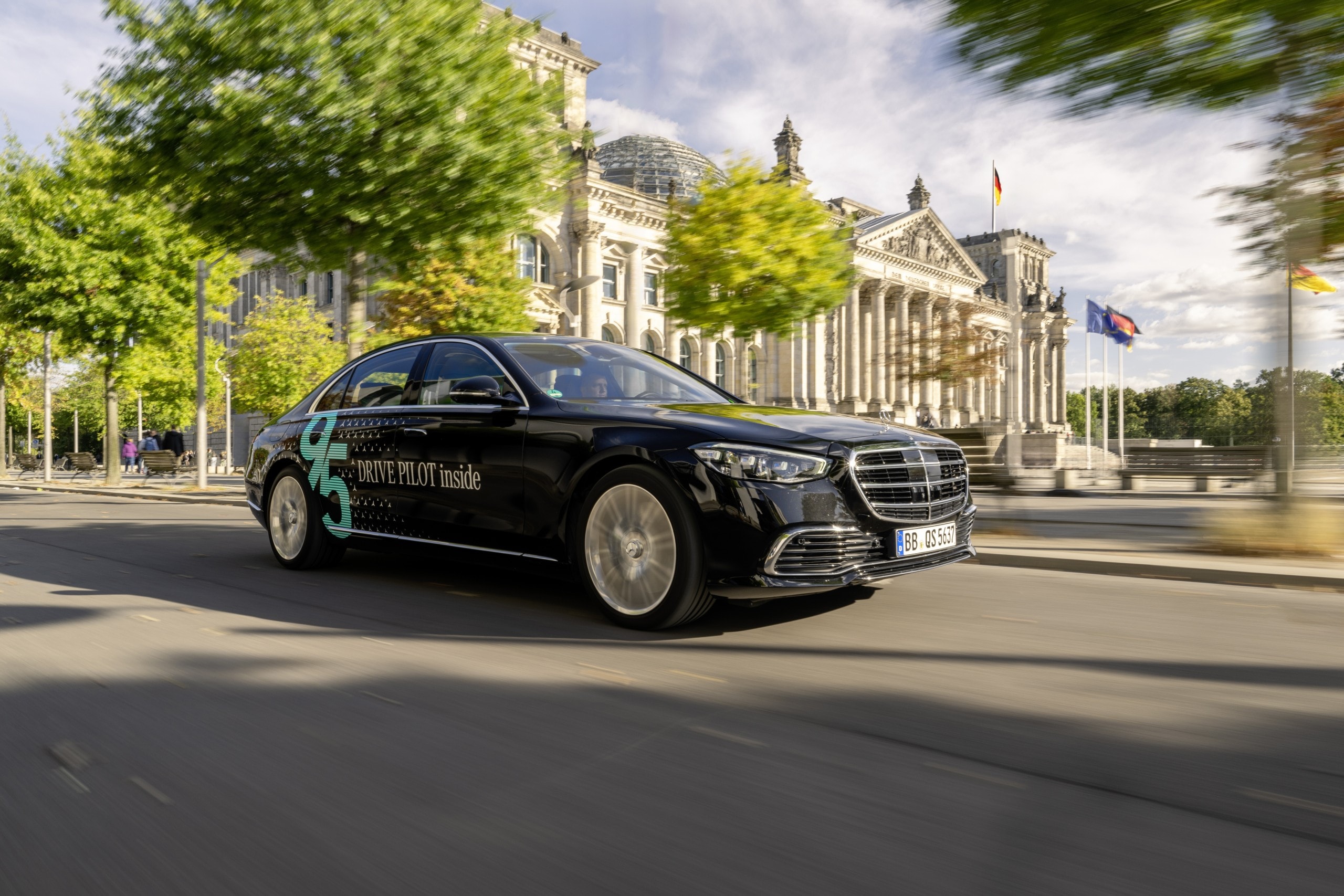Mercedes-Benz has announced that it’s increasing the speed limit for its Drive Pilot Level-3 automated driving system on German highways from 65 kph to 95 kph. This move reflects the company’s confidence in the system’s capabilities and is a significant step forward for Level-3 automation. However, the update is contingent on approval from German regulators.
Drive Pilot has been touted as the world’s first certified Level-3 automated driving system and has received official certifications in several markets, including two US states. This has raised eyebrows among Tesla owners and fans, who often consider Tesla’s Autopilot, a Level-2 system, to be superior.

Drive Pilot offers features similar to other Level-2 systems like GM’s Super Cruise, Ford’s BlueCruise, and Tesla’s Autopilot, including automated highway driving. However, Drive Pilot’s Level-3 certification sets it apart. Mercedes-Benz guarantees that the system will handle driving situations without any issues, even if the driver is not actively monitoring the road. This is a major advantage over Level-2 systems, which require the driver to remain engaged at all times.
Mercedes-Benz, having garnered confidence from two years of commercial service, is poised to increase the top speed of its Drive Pilot system to 95 kph. The German automaker is currently awaiting regulatory approval to implement this update for its customers. While Drive Pilot relies on a sophisticated array of sensors, including cameras, radar, and LiDAR, its scalability is hindered by the need for high-definition road maps.
Despite these challenges, Mercedes-Benz aims to further enhance Drive Pilot with even higher speeds and extended handover times. In contrast to Mercedes-Benz’s approach, Tesla is utilizing end-to-end AI for its vision based automated driving system. Tesla Full Self-Driving, marketed as a Level-2 driver assistance system, can perform many of the tasks Mercedes-Benz envisions for Drive Pilot.
While FSD operates effectively in various conditions, including unmarked roads, Tesla has not yet assumed responsibility for its actions. Although FSD has demonstrated impressive capabilities, it can still make mistakes, and Tesla places the onus on the driver. Despite its bullish stance on vision-based autonomous driving, Tesla has not applied for an autonomous driving testing permit, raising questions about the feasibility of its upcoming robotaxi event.

Moreover, the recent incidents involving FSD, including a fatal crash in 2021, have cast doubt on its safety. While Tesla has attributed these incidents to driver error, critics argue that the system’s limitations and the company’s reluctance to take responsibility for its actions raise serious concerns.
The contrast between Mercedes-Benz and Tesla’s approaches to autonomous driving highlights the ongoing debate about the best path forward. While Mercedes-Benz is taking a more cautious and incremental approach, Tesla is pursuing a more ambitious and risk-taking strategy.
Ultimately, the success of these and other autonomous driving initiatives will depend on a combination of technological advancements, regulatory frameworks, and public acceptance. As the industry continues to evolve, it remains to be seen which approach will be the most effective.

